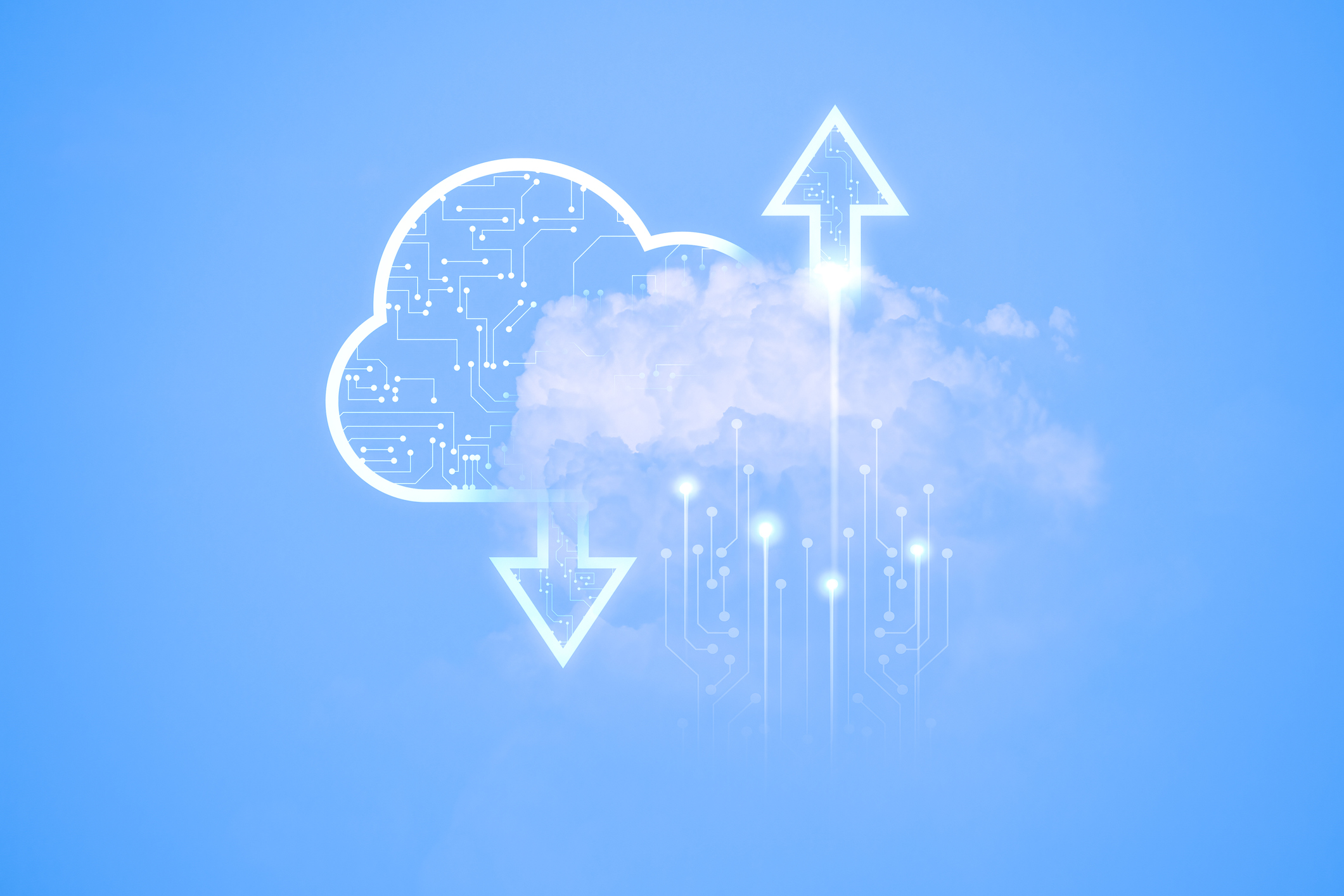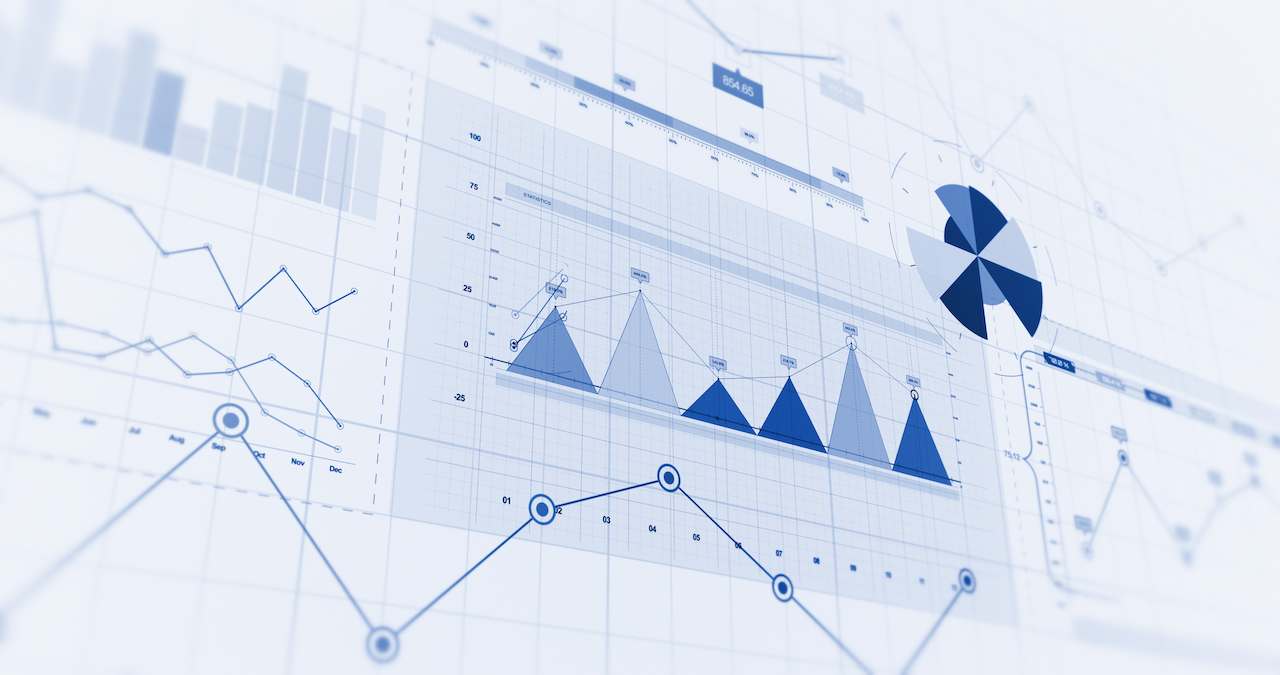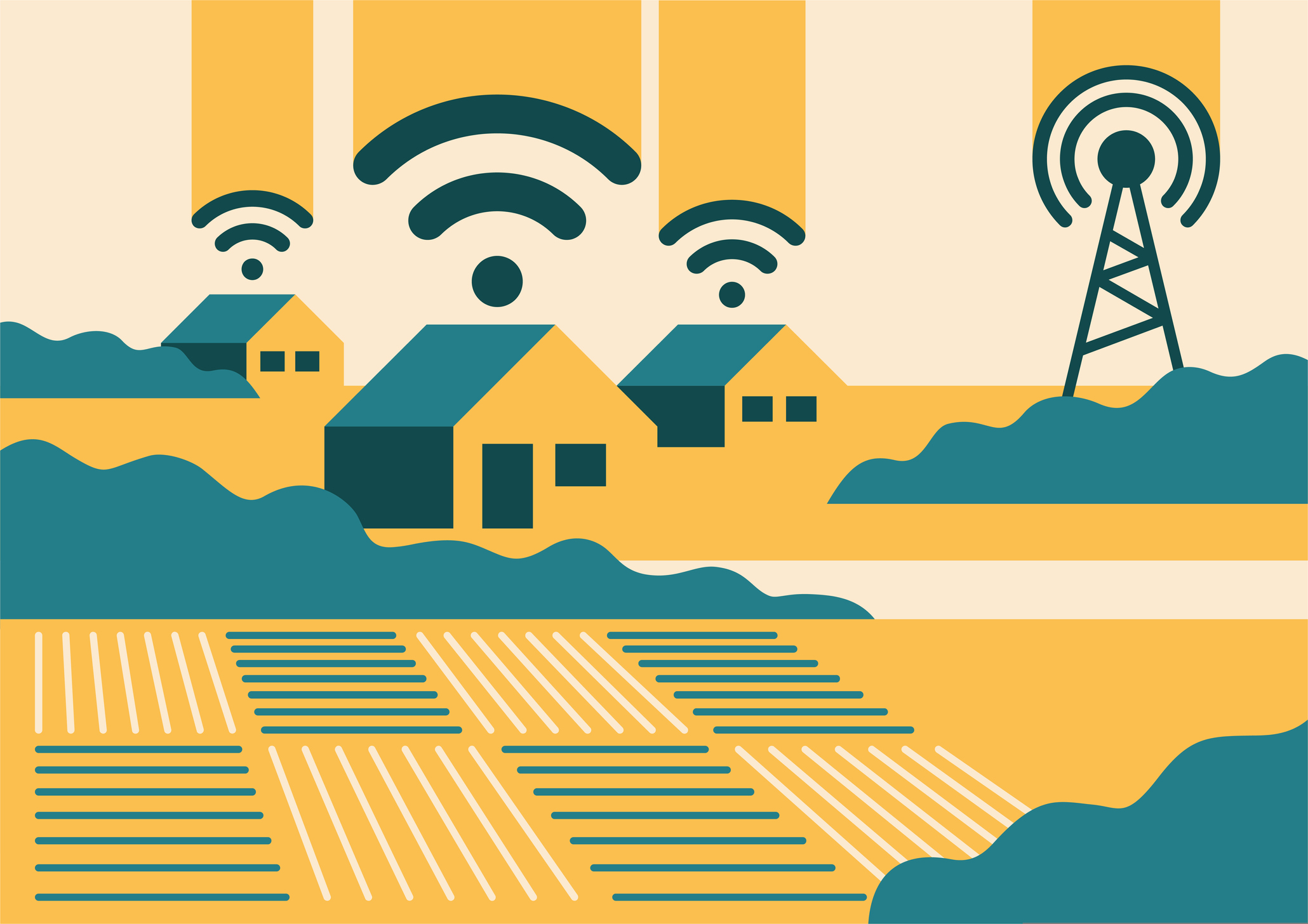
- September 2025 (1)
- August 2025 (3)
- July 2025 (2)
- June 2025 (3)
- May 2025 (3)
- April 2025 (3)
- March 2025 (2)
- February 2025 (1)
- December 2024 (2)
- November 2024 (2)
- August 2024 (2)
- June 2024 (3)
- May 2024 (3)
- April 2024 (1)
- March 2024 (3)
- February 2024 (2)
- January 2024 (2)
- December 2023 (1)
- November 2023 (2)
- October 2023 (2)
- September 2023 (1)
- August 2023 (1)
- July 2023 (2)
- June 2023 (3)
- May 2023 (2)
- March 2023 (4)
- January 2023 (2)
- November 2022 (2)
- September 2022 (1)
- August 2022 (2)
- July 2022 (2)
- June 2022 (1)
- May 2022 (1)
- April 2022 (3)
- March 2022 (1)
- February 2022 (3)
- January 2022 (2)
- December 2021 (1)
- November 2021 (1)
- October 2021 (2)
- September 2021 (3)
- August 2021 (1)
- July 2021 (4)
- June 2021 (1)
- May 2021 (2)
- April 2021 (2)
- March 2021 (2)
- February 2021 (3)
- January 2021 (3)
- December 2020 (1)
- October 2020 (1)
- August 2020 (1)
- August 2019 (1)
- January 2019 (2)
- September 2018 (5)
- June 2018 (1)
- November 2017 (1)
- September 2017 (1)
- July 2017 (1)
- May 2017 (1)
- January 2017 (1)
- October 2016 (2)
- August 2016 (1)
- July 2016 (1)
- June 2016 (1)
Subscribe by email
Because the Internet of Things (IoT) generates so much data and is used for many real-time and near real-time use cases, an IoT cloud is crucial to experiencing the value of IoT. In essence, an IoT cloud is the support structure for IoT applications. In this article, we’ll explain what an IoT cloud is, how it works, and the top IoT cloud solution providers to consider when building your IoT system.
What Is an IoT Cloud?
An IoT cloud is the infrastructure that supports the devices and applications where IoT data is loaded, stored, and analyzed. It consists of the storage space and the computing power needed for the operations and processes that IoT requires. An IoT cloud also includes the various standards and services required for connecting, managing, and securing devices and applications. An IoT cloud is an essential component of an IoT ecosystem.
How Does an IoT Cloud Work?
An IoT ecosystem includes devices with sensors that collect data and a platform that acts as a command center. These sensors need a way to transmit data to the cloud, and that’s where networks and connectivity come in, providing the transport layer that enables devices to communicate back and forth with cloud architecture. This interconnectivity allows products to interact with us and with each other within the IoT ecosystem. The cloud infrastructure and data warehouses store the data to analyze and transform it into actionable insights.
The shift from on-premises systems to the cloud has powered the rise of IoT, and it’s being harnessed in a myriad of ways. Here are just a few examples:
- Bushnell has iterated their cameras so that users can send captured photos to the cloud to be viewed on computers and mobile devices rather than storing photos only on an SD card.
- One of Zipit's customers, a leading North American HVAC provider, added cellular devices to their installed base of HVAC systems to collect IoT analytics and measure the efficiency of their systems.
- Car manufacturers are adding remote start and remote lock and unlock capabilities that don’t rely on a key fob.
- Meters for water and natural gas no longer require site visits to get readings. Data is now sent from devices to the cloud through the use of low-power networks like NB-IoT.
Learn more: 5 Best IoT Examples
From a business perspective, it’s important to keep in mind that while cloud infrastructure is a relatively cost effective way to set up a back end for your IoT solutions, that cloud infrastructure still has monthly recurring costs for the life of your application, and that cost also scales as your deployments scale. You’ll need to factor that into your product planning early.
6 Top IoT Cloud Solution Providers
Given how prevalent IoT has become, it probably won’t surprise you that there are many cloud solution providers vying for a piece of this market. The following list of the top cloud solution providers includes the most reputable and established companies offering these services today.
1. Amazon Web Services (AWS)
Amazon is by far the largest of the dedicated cloud providers, and its IoT services focus on ease of use. The AWS device management system makes it easy to collect data from sensors, send it to the cloud, and analyze it. Administrators and developers can easily interact with all devices, even when offline.
Advantages of Amazon Web Services
- Good integrations are available on the platform to support distributed systems.
- Pricing improvements over the last few years make AWS an attractive option.
- AWS was the first to identify the need for cloud services and has continued to push the envelope with new features such as serverless architecture, photo recognition services and more.
Disadvantages of Amazon Web Services
- There can be a large learning curve due to the abundant offerings.
- Given the fact that AWS is an Amazon-owned company, some companies, especially those in retail, may be reluctant to use AWS to host their infrastructure.
- While AWS offers business applications and services from other providers, the other cloud services may offer unique features or tie-ins to those services that may not be available on AWS.
2. Google Cloud
One of the top-tier options on the market, Google Cloud offers a full end-to-end platform of IoT solutions. It focuses on speed and ease of use, providing tremendous storage in an efficient, scalable, secure, and responsive platform.
Advantages of Google Cloud
- Google Cloud is known for its exceptional speed, including input/output time and access time.
- Integrates with other Google services and products such as their extensive mapping APIs and Google workspace.
Disadvantages of Google Cloud
- Relative to other providers, Google has been known to start and stop offering services that could impact long-term dependency on those features.
- Google also has a history of keeping things in a perpetual beta so it does not give an assurance that those features or services will ever get productized commercially.
3. Microsoft Azure IoT Suite
Leveraging its long history of serving enterprises, Microsoft’s IoT suite provides services with some pre-built connected options to develop IoT solutions. Azure includes tools for data analysis, with dashboards and visualization enabling users to analyze and act on data efficiently. Additionally, the IoT device registry is easy to use.
Advantages of Microsoft Azure
- Their history and position within the enterprise space is a dominant force that lends itself to more credibility with enterprise and government customers.
- Even though they were late to the “cloud” space, Microsoft has a very strong background in both device and server technologies that effectively positions them as a potential leader in the IoT space.
Disadvantages of Microsoft Azure
- Their late entry into the cloud space has given the appearance that they are trying to catch up to other providers.
- The double edge sword is that Microsoft’s strength in the B2B and enterprise application space could also be “limiting” if a customer’s IoT solution platform is not based on Microsoft technologies, such as Linux and other open source technologies.
4. Salesforce IoT Cloud
Powered by Salesforce Thunder, the Salesforce IoT cloud offers real-time event processing and improved customer service and engagement.
Advantages of Salesforce
- Salesforce was one of the earliest adopters of cloud technologies in the enterprise space.
- Thanks to its history of delivering successful internal business applications like CRM and inventory management solutions, Salesforce has prioritized integrations with third-party business applications as part of its cloud platform delivery.
Disadvantages of Salesforce
- While their enterprise applications are well known, they are an unknown entity on the device side of IoT, which is a critical component of a successful IoT deployment.
- Not all IoT applications are geared specifically to enterprise use cases and therefore Salesforce may not be positioned well for those.
5. IBM Watson IoT
IBM Watson offers a powerful platform that’s easy to use for beginners, particularly through its emphasis on customer support.
Advantages of IBM Watson
- IBM Watson purchased Weather.com several years ago as a strategic acquisition, and that could provide significant capabilities for IoT applications that rely on weather data.
- Significant investment has been put into the machine learning capabilities of IBM Watson.
Disadvantages of IBM Watson
- IBM has a long history of working with large companies and enterprises, and its offerings appear to be geared toward large companies that require that type of service.
- Their device-level capabilities in the IoT space are not well known relative to other cloud providers.
6. Oracle IoT
Oracle is another big name providing an IoT cloud option. It’s marketed as a high-speed messaging solution to help businesses make critical decisions quickly based on near real-time insights.
Advantages of Oracle IoT
- Oracle is well-known for having its roots in database technology and also has a strong history of providing business applications like CRM and ERP, which could be a big benefit to companies where integrations with other business applications are a priority.
Disadvantages of Oracle IoT
- While their history in SQL and CRM is known, their IoT and specifically device management features, along with website and mobile application capabilities are not.
IoT Billing Solutions for the Cloud
If you’re building a connected device, you’ll probably want to consider leveraging the cloud, even for IoT use cases that take advantage of some edge computing for data processing. Zipit works with several trusted partners to customize standard cloud offerings to fit the unique needs of our customers. To get full control over your costs of maintaining and scaling your cloud infrastructure, you can take advantage of Zipit’s IoT billing solution, which can monetize connectivity and monthly cloud services in a recurring model for the life of your application.
Reach out to us for connectivity solutions to your specific cloud instance. We’re happy to discuss your company's unique needs.
You might also like:
Related Content
The latest IoT insights and platform updates from Zipit.
Consumer IoT embeds smart connectivity and automation into familiar products. From...
The data generated by connected devices is only as valuable as the insight it deli...
Fixed wireless internet is transforming how homes, businesses, and connected devic...



